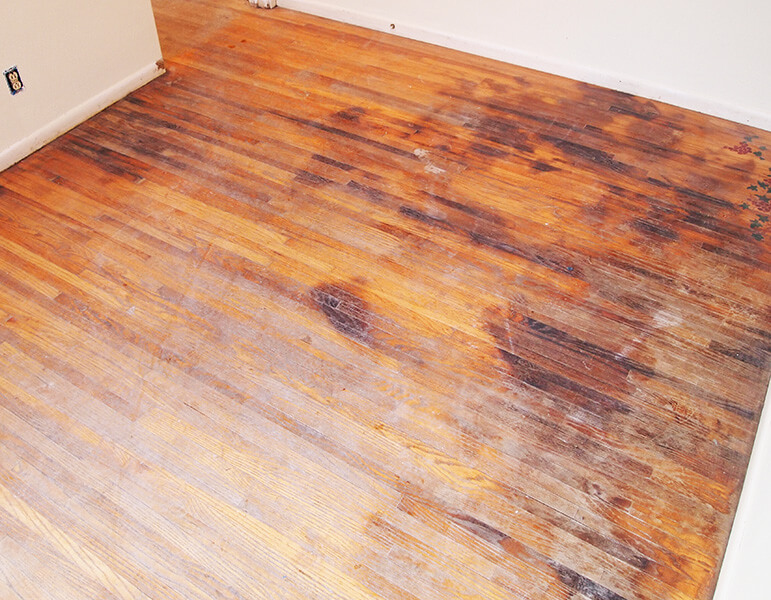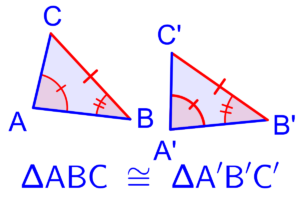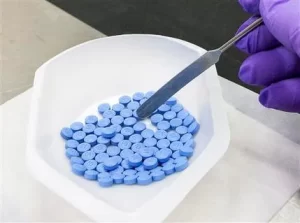
Removing urine stains from hardwood floors
Urine stains on hardwood floors can be particularly problematic if not addressed promptly. The acidity and chemical composition of urine can cause discoloration, odor, and even damage to the wood’s finish if left untreated. Prompt action is crucial to prevent long-term damage and preserve the beauty and integrity of your hardwood floors.
When you notice a urine stain on your hardwood floor, it’s essential to act quickly. The longer the urine sits on the wood surface, the more time it has to penetrate the wood and cause damage. Immediate cleaning can help minimize the extent of the stain and prevent it from becoming a more significant issue.
To address urine stains effectively, start by blotting up as much of the urine as possible using paper towels or a clean cloth. Press down firmly to absorb as much liquid as you can. Avoid rubbing the stain, as this can spread it further and drive it deeper into the wood.
Removing urine stains from hardwood floors requires a gentle approach to prevent damage to the wood’s finish. Here’s a step-by-step guide to help you effectively remove pee stains from hardwood floors:
- Act Quickly: As soon as you notice the urine stain, clean it up promptly to prevent it from seeping into the wood and causing further damage.
- Blot the Area: Use paper towels or a clean cloth to blot up as much of the urine as possible. Press down firmly to absorb as much liquid as you can.
- Prepare a Cleaning Solution: Mix a solution of warm water and a mild detergent or wood floor cleaner. Avoid using harsh chemicals or ammonia-based cleaners, as they can damage the wood’s finish.
- Apply the Solution: Dip a clean cloth or sponge into the cleaning solution and gently scrub the stained area. Be careful not to saturate the wood, as excessive moisture can cause warping or discoloration.
- Rinse Thoroughly: After cleaning, rinse the area with clean water to remove any residue from the cleaning solution. Again, make sure not to use too much water.
- Dry Completely: Use a dry cloth to wipe the area dry thoroughly. It’s essential to remove all moisture from the hardwood floor to prevent further damage.
- Spot Treatment (if necessary): If the stain persists, you can try using a specialized hardwood floor cleaner or stain remover specifically designed for pet stains. Follow the manufacturer’s instructions carefully and test the product on a small, inconspicuous area first to ensure compatibility with your floor.
- Refinish (if necessary): In severe cases where the urine has penetrated the wood and damaged the finish, you may need to consider refinishing the affected area of the hardwood floor. This process typically involves sanding down the stained area, applying a new finish, and allowing it to dry completely.
By following these steps and addressing urine stains promptly, you can effectively remove stains, eliminate odors, and preserve the beauty and integrity of your hardwood floors. Additionally, prevention measures such as using protective mats and training pets can help minimize the risk of future accidents and maintain the quality of your hardwood floors for years to come.
Remember, prevention is key to maintaining the beauty and integrity of your hardwood floors. Consider using protective mats or training your pets to prevent accidents from occurring in the future.
If the urine stain has caused deep discoloration or damage to the wood’s finish, you may need to sand and refinish the affected area of the hardwood floor. Sanding removes the stained or damaged layer of wood, while refinishing restores the floor’s appearance and protects it from future stains.
In conclusion, addressing urine stains promptly is essential to prevent long-term damage to hardwood floors. By taking immediate action and using the appropriate cleaning techniques, you can effectively remove urine stains, eliminate odors, and preserve the beauty and integrity of your hardwood floors for years to come.




